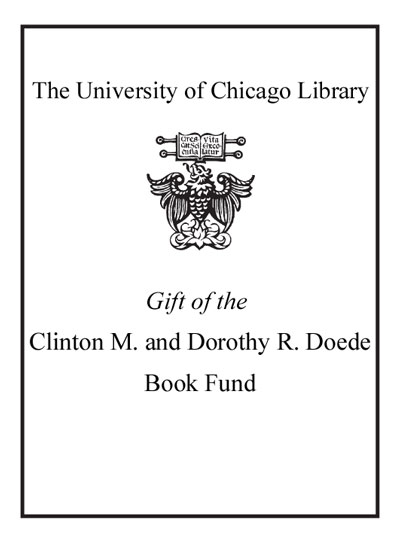Review by Choice Review
It should not surprise anyone that the reference literature on espionage, intelligence, and covert operations is enormous but varied in accuracy and detail. Sharpe's source, the latest and one of the most detailed, has more than 500 entries written by a diverse group of contributors from all perspectives and political viewpoints. The two forewords written by former CIA director Robert Gates and former Soviet KGB officer Oleg Kalugin signal this encyclopedia's inclusiveness. Chronologically and geographically comprehensive, its entries cover all geographic areas, ancient times to the present (there is an entry titled "Ancient Intelligence") but they emphasize events of the last 200 years. Its entries for Al Qaeda, homeland security, terrorism, and war on terrorism reflect the preoccupation with terrorism since September 11. Articles are signed and include lists of sources and see also references. About a third of the entries are biographical; they include major political figures that have influenced the development of intelligence and espionage along with figures in major spy scandals. Other features include a time line, 1294 BCE to the present; a resource guide; excerpts from the 9/11 Commission Report; and subject indexes. This volume is useful for all levels of interest but best suited for graduate students and researchers. ^BSumming Up: Highly recommended. Academic libraries, especially those supporting military and political studies. W. F. Bell Lamar University
Copyright American Library Association, used with permission.
Review by Booklist Review
Here is a look at how intelligence and counterintelligence activities have helped shape world events, primarily in a historical context but also in contemporary times. In a straightforward alphabetical arrangement, the encyclopedia presents more than 420 entries on people, places, and organizations. All the standard stuff is here, including information on the various types of intelligence gathering--HUMINT, SIGINT, MASINT. Readers will also learn about methods and tools for gathering intelligence, from early historical codes to satellite collection methods. Of most interest are the entries for selected U.S. presidents and the intelligence issues of their administrations. Country entries discuss the development, strength, and power of intelligence organizations in countries from Afghanistan to Zaire. These are all useful introductory articles to get a researcher started. The more than 420 entries range in length from a half column in a two-column page to several pages. Articles are signed by their contributors and include see also references and a bibliography of resources. Because there are multiple contributors, the writing style varies, and in some cases, such as Canada, an awkward style creates ambiguities. Prior to the entries is an alphabetical list of articles. A classified list would also have been useful. Also preceding the A-Z portion of the volume is a Timeline of Intelligence from 1294 B.C.E. to the present. Readers not familiar with events may be puzzled by some of the references here. For example, the term Family Jewels is used in the entry for 1973-1975, but there is no entry for Family Jewels in the index that would point to additional information. Following the A-Z section is a Resource Guide listing books, articles, and Internet sites and an appendix with extracts from The 9/11 Commission Report.\b This is an introductory work. Polishing in the next edition will help clear up some of the ambiguities in this edition. Of use in public libraries where this topic is of interest and in those academic institutions where course work on intelligence security and policy is taught. --Terri Tomchyshyn Copyright 2005 Booklist
From Booklist, Copyright (c) American Library Association. Used with permission.
Review by Library Journal Review
Because of recent events, there have been many new reference books on the intelligence world. This work contains hundreds of signed entries on people-many of them not well known to the general public for their roles in this area-as well as equipment, events, techniques, and organizations for both historical and current events. Sample topics range from John Quincy Adams, Afghanistan, and assassination to Enigma, Allen Dulles, journalism, Lawrence of Arabia, surveillance, VENONA, and the Vietnam War. The well-written articles are longer than those found in most other encyclopedias, thus providing more detail and evaluation, and each ends with a bibliography of suggested readings. Edited by Carlisle (Complete Idiot's Guide to Spies and Espionage), the book includes helpful See and See also referrals; a time line; a resource list of important books, journals, and web sites; and an appendix of 9/11 Commission report excerpts. Bottom Line Much less expensive than Gale's three-volume Encyclopedia of Espionage, Intelligence, and Security, which has a more scientific/technical theme, this is suitable for all reference collections.-Daniel K. Blewett, Coll. of DuPage Lib., Glen Ellyn, IL (c) Copyright 2010. Library Journals LLC, a wholly owned subsidiary of Media Source, Inc. No redistribution permitted.
(c) Copyright Library Journals LLC, a wholly owned subsidiary of Media Source, Inc. No redistribution permitted.
Review by Choice Review
Review by Booklist Review
Review by Library Journal Review

